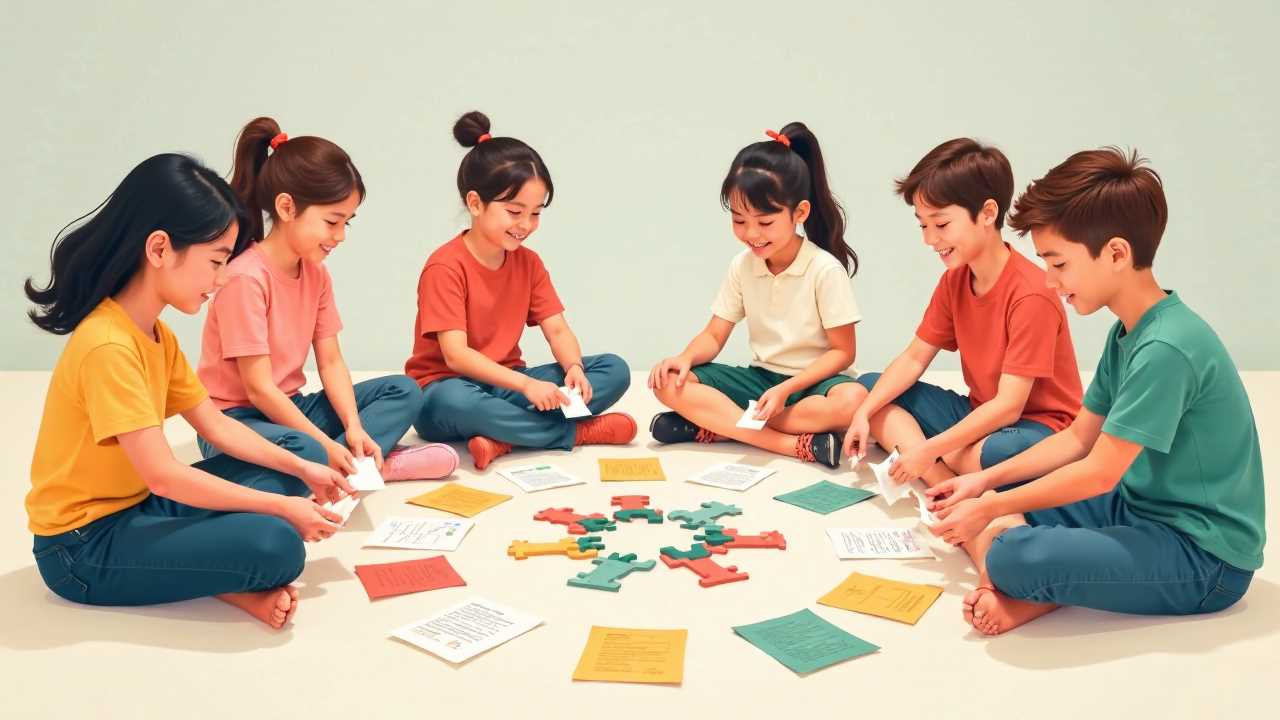
Introduction to Origami School Projects
Origami, the ancient Japanese art of paper folding, is not only a delightful pastime but also an engaging method for hands-on learning in educational settings. Origami school projects provide students with an opportunity to explore their creativity while developing fine motor skills and enhancing their understanding of geometric concepts. By incorporating fun projects into the curriculum, educators can foster a love for creative art and inspire students to think critically and solve problems.
The Benefits of Origami in Education
Integrating origami into school projects offers numerous benefits. Firstly, it serves as an excellent tool for educational activities that promote cognitive development. As students fold paper into intricate designs, they engage in spatial reasoning and improve their ability to visualize three-dimensional objects. This hands-on approach to learning allows students to grasp complex concepts in a tangible way.
Moreover, origami encourages collaboration and teamwork. When students work together on origami crafts, they learn to communicate effectively, share ideas, and support one another in achieving a common goal. This collaborative spirit not only enhances social skills but also fosters a sense of community within the classroom.
Essential Materials for Origami Projects
To embark on your origami journey, you will need a few essential materials. The most important item is, of course, origami paper. This specialized paper is lightweight and comes in various colors and patterns, making it perfect for creating vibrant designs. While traditional origami paper is square, you can also use rectangular sheets, which can be cut down to size.
In addition to paper, having a scoring tool can be beneficial for creating precise folds. A bone folder or a simple ruler can help students achieve crisp edges, enhancing the overall appearance of their creations. Lastly, a pair of scissors may be needed for certain projects, especially those that require cutting shapes or adding embellishments.
Engaging Origami School Projects
1. Origami Animals: One of the most popular origami projects for kids is creating animals. From simple designs like paper cranes and frogs to more complex creations like dragons and butterflies, students can explore the diversity of the animal kingdom through their art. This project can be tied to lessons in biology, where students learn about different species and their habitats.
2. Origami Flowers: Crafting origami flowers is a fantastic way to celebrate nature and creativity. Students can create beautiful bouquets using various flower designs, such as tulips, lilies, and roses. This project can also be connected to lessons on plant biology and the importance of pollinators in our ecosystem.
3. Origami Geometry: Origami is inherently mathematical, making it an excellent tool for teaching geometry. Students can create geometric shapes such as cubes, pyramids, and polyhedra. This project not only reinforces geometric concepts but also allows students to explore symmetry, angles, and spatial relationships.
4. Origami for Storytelling: Encourage students to create origami figures that represent characters or elements from their favorite stories. This project combines creative art with literacy, as students can write short narratives or plays featuring their origami creations. This activity promotes imagination and storytelling skills while reinforcing comprehension.
5. Seasonal Origami Projects: Celebrate the changing seasons by incorporating seasonal themes into your origami projects. Students can create snowflakes in winter, leaves in autumn, and flowers in spring. This approach allows for discussions about seasonal changes, weather patterns, and the natural world.
Tips for Successful Origami Projects
To ensure a successful origami experience, consider the following tips:
- Start Simple: Begin with basic designs and gradually increase the complexity as students become more comfortable with the folding techniques. This approach builds confidence and encourages persistence.
- Provide Clear Instructions: Use step-by-step instructions, accompanied by visuals, to guide students through each project. This clarity will help them understand the folding process and achieve better results.
- Encourage Creativity: While following instructions is essential, encourage students to add their personal touch to their creations. They can experiment with colors, patterns, and embellishments, allowing for unique expressions of creativity.
- Foster a Supportive Environment: Create a classroom atmosphere where students feel comfortable asking questions and seeking help. Encourage collaboration and peer support, as this will enhance the learning experience.
The Lasting Impact of Origami in Education
Incorporating origami school projects into the curriculum not only enhances students' artistic abilities but also promotes critical thinking, problem-solving, and collaboration. Through fun projects that engage students in hands-on learning, educators can create a dynamic classroom environment that fosters creativity and a love for learning. As students fold paper into beautiful creations, they develop skills that extend far beyond the classroom, preparing them for future challenges in both academic and personal pursuits. Embrace the art of origami and watch as your students flourish in their creative endeavors.
 Kids Art ProjectsParty PlanningPaper CraftsOrigami for KidsPrivacy PolicyTerms And Conditions
Kids Art ProjectsParty PlanningPaper CraftsOrigami for KidsPrivacy PolicyTerms And Conditions
